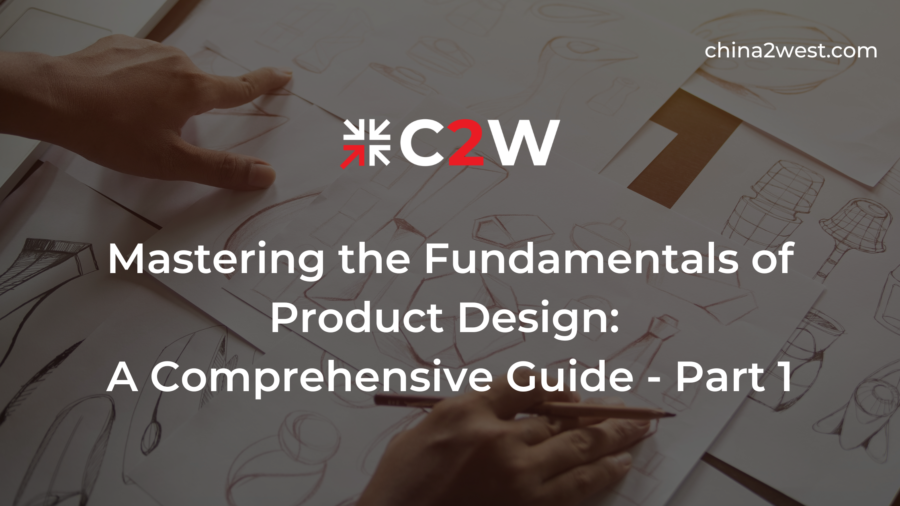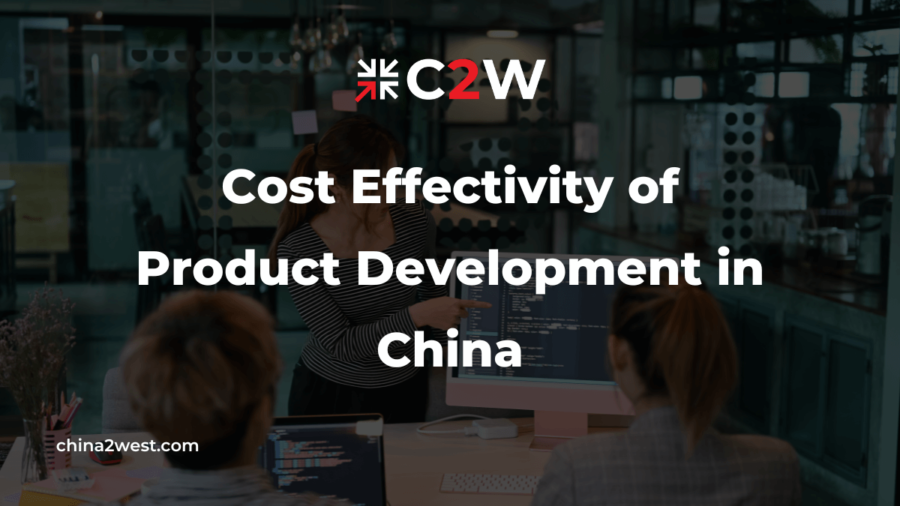In today’s ever-evolving world, product design stands at the crossroads of creativity and functionality, offering innovative solutions that cater to the diverse needs and desires of users.
For aspiring product designers, grasping the foundational techniques of product design is a pivotal step towards crafting successful, user-centric products that resonate in the contemporary marketplace.
In this article, we will delve deep into the core principles and best practices that every budding product designer should be well-versed in.
User-Centered Design Techniques: Meeting User Needs Efficiently
User-centered design is the cornerstone of effective product development. To create products that genuinely resonate with your target audience, you must:
User Research
Dive headfirst into comprehensive user research through surveys, interviews, and careful observation to gain profound insights into their preferences and pain points. Understand their behavioral patterns and requirements.
This deep dive not only guides the product design but also plays a pivotal role in building a user-focused product.
By understanding user preferences, you can design products that meet their specific needs and desires. This technique underlines the essence of user-centered design.
Embrace Design Thinking: A Framework for Innovation
Design thinking, a powerful problem-solving framework, thrives on creativity and collaboration. It encompasses five critical steps:
Empathize
The design process starts by immersing yourself in the user’s perspective and empathizing with their challenges. This initial step provides a profound understanding of the user’s perspective and their pain points.
By doing so, you gain insights into the user’s world, enabling you to develop solutions that genuinely cater to their needs.
Define
A clear problem statement is paramount. You need to define the problem you’re aiming to solve, ensuring your efforts remain focused and aligned with user requirements.
Ideate
Fuel your creative engines by generating a multitude of design concepts through brainstorming sessions. Encourage out-of-the-box thinking and exploring unconventional solutions.
By generating a plethora of ideas, you can select the most promising concepts that have the potential to address the defined problem efficiently.
Prototype
Prototyping plays a critical role in the product design process. It involves creating low-fidelity prototypes to test and refine your ideas.
This step allows you to visualize your concepts in a tangible form, making it easier to evaluate their viability. By using low-fidelity prototypes, you can test your ideas rapidly, gather valuable feedback, and refine your design based on these insights.
Test
The final step revolves around gathering user feedback and iteratively improving your design based on their insights. By testing your design with real users, you can identify potential issues and refine your product to meet user expectations effectively.
Sketching and Ideation Techniques: Visualizing Creativity
Sketching serves as a valuable technique for visualizing ideas efficiently. When sketching and ideating, consider the following:
Quick Visualization
Sketching offers a rapid and intuitive way to visualize your design ideas, fostering creativity and enabling you to convey your concepts effectively.
It’s a versatile tool that allows you to quickly put your thoughts on paper, making the design process more efficient.
Form and Function
Striking the right balance between form and function in your sketches is crucial. Your designs should not only be aesthetically pleasing but also highly functional.
The form, or the visual appearance of the product, should align with its intended function, ensuring that it not only looks good but works efficiently as well.
Prototyping and Material Selection: Bringing Ideas to Life
Prototyping is a pivotal step in the product design journey. Consider the following aspects:
Low-Fidelity Prototypes
When starting the prototyping process, begin with low-fidelity prototypes. These simplified models or representations of your product idea are cost-effective and easy to modify. They help you test your concepts rapidly and gather valuable insights to refine your ideas.
The use of low-fidelity prototypes is essential for saving time and resources while fine-tuning your design.
Material Selection
Understand the properties of materials and the associated manufacturing processes to make informed decisions. The choice of materials significantly impacts the product’s characteristics, such as durability, weight, and cost.
By selecting materials wisely, you can ensure that your product is built to meet both your design and functional requirements.
Ergonomics and Human Factors: Prioritizing User Experience
Designing products that are comfortable and efficient for users necessitates a focus on ergonomics and human factors. Consider:
User Comfort
Prioritize user comfort by ensuring that your product is easy to use and aligns with ergonomic principles.
Account for factors like posture, reach, and interaction to create a product that provides an optimal user experience. A comfortable product encourages prolonged use and customer satisfaction.
Safety and Accessibility
Addressing safety and accessibility for a wide range of users is crucial. Your product should be designed with safety in mind, and it should be accessible to individuals with different needs and abilities.
This approach ensures that your product caters to a broader audience, thereby increasing its market appeal.
Mastering product design is a continuous journey. These fundamental techniques provide a robust foundation for aspiring designers, navigating the complexities of the design world.
By adopting user-centered approaches, focusing on aesthetics, usability, sustainability, and complying with legal considerations, designers can create innovative, user-centric products that stand out in today’s competitive market.
If you’d like to know more about our product design process, please feel free to contact us. And stay tuned for the next part, exploring deeper facets of product design excellence.


